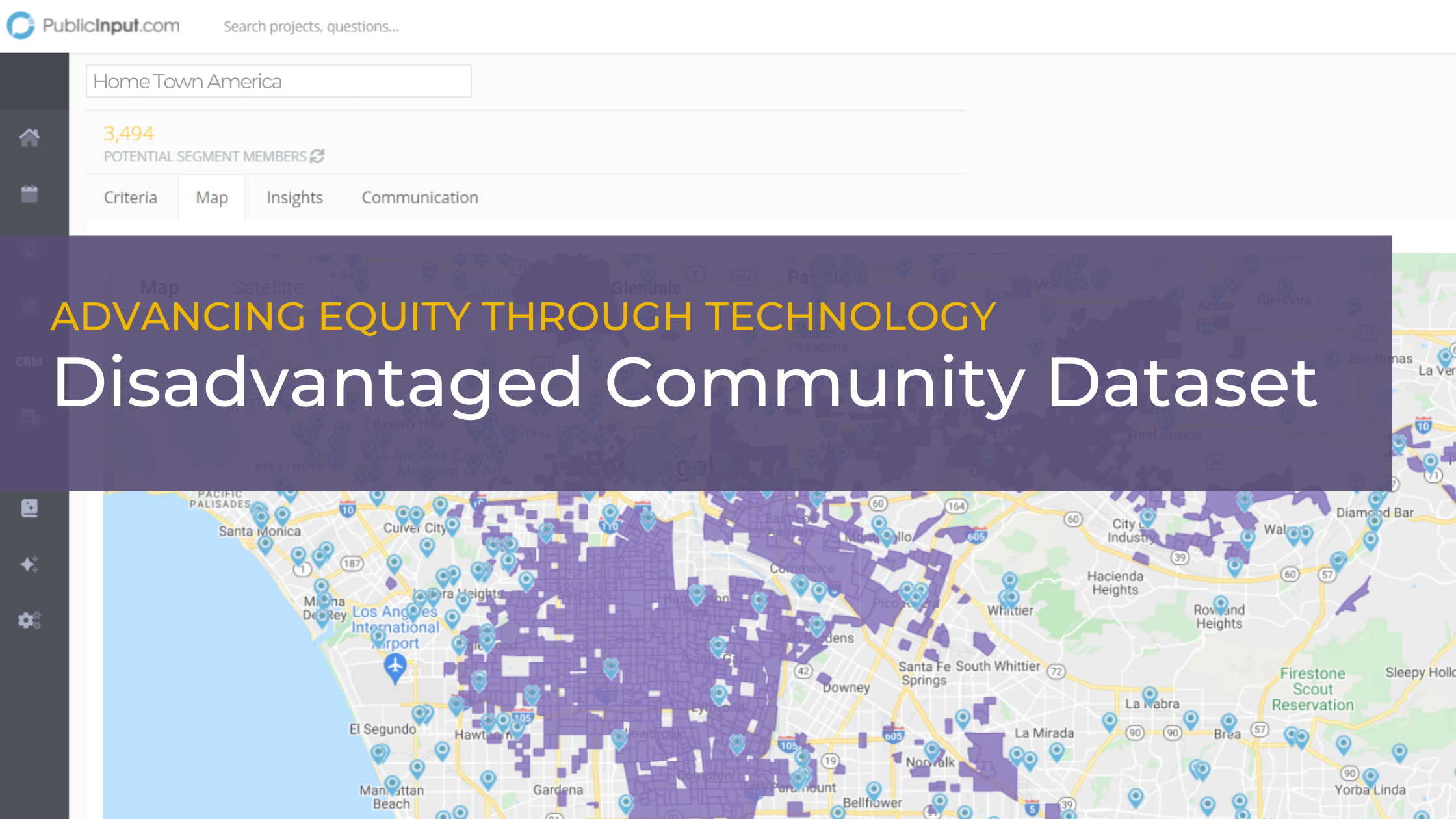
White House releases new dataset to prioritize federal infrastructure funds
On Tuesday, the White House Council on Environmental Quality (CEQ) released a database of census tracts identified as disadvantaged communities that are marginalized, underserved, and overburdened by pollution.
In a significant step toward changing how federal funds are distributed, the Biden administration has preliminarily identified nearly a third of the nation’s census tracts as “disadvantaged” and in line for more help from the federal government.
The database makes the implications of federal funding priorities more concrete, and is intended to clarify the expectation of CEQ’s Justice40 Initiative, which vowed to direct 40% of federal investments toward disadvantaged communities:
Within 120 days of the date of this order, the Chair of the Council on Environmental Quality, the Director of the Office of Management and Budget, and the National Climate Advisor, in consultation with the Advisory Council, shall jointly publish recommendations on how certain Federal investments might be made toward a goal that 40 percent of the overall benefits flow to disadvantaged communities.
Concerns From DOT’s: Implementing This Quickly Could Present Challenges
Following this guidance State Departments of Transportation (DOT) shared concerns around some of the additional challenges that would be created when prioritizing projects, as this is a new focus and processes may not quickly adapt to this priority.
This comes on the heels of recent changes to the National Environmental Policy Act by the Trump and Biden administrations. One such example was a set of sweeping changes to the National Environmental Policy Act during the Trump administration, which was mostly reversed during the Biden administration.
In the case of the focus on equity though, it appears the changes are here to stay. There have been numerous indicators that the early promises of the Biden administration around equity are becoming long-term policy through mechanisms like Justice40.
Several state agency leaders we work with have shared that the focus on more equitable funding models is not just a federal priority, but also a local one. And this week, that local commitment became more concrete as well.
NACTO Supports CEQ’s Funding Priority On Disadvantaged Communities
Following this week’s announcement, the National Association of City Transportation Officials (NACTO) brought together transportation leaders from some of the country’s most populous cities to echo the administration’s focus on social and environmental priorities.
We urge the White House to follow through on campaign promises to address climate change and racial inequity, fix our crumbling infrastructure, develop high-quality and widely available transit, and provide all Americans with a clean, safe and resilient transportation system . . .
The “distressed” or disadvantaged communities identified by the Council on Environmental Quality become the first iteration of federal funding target areas for potential beneficiaries of the Justice40 Initiative.
Disadvantaged Community dataset now available in PublicInput
In response to the recent announcement from the White House, PublicInput is excited to announce the general availability of the Disadvantaged Community Dataset as part of the Public | Equity Mapping toolkit.
Our company is committed to supporting public organizations and practitioners who are engaged in work that advances equity among disadvantaged communities.
Graham Stone, Co-founder at PublicInput
The Public | Equity Mapping solution offers public engagement practitioners a straightforward way to layer EPA, Census, and Environmental Justice data onto participant maps.
Teams using the Public | Equity Mapping tools can use datasets like this to:
- Demonstrate which projects serve or impact federally-identified disadvantaged communities
- Overlay participant data with maps of Disadvantaged Communities
- Demonstrate quantifiable engagement with participants from disadvantaged communities
- Filter and analyze responses and comments from disadvantaged communities
Want to learn more on how PublicInput can help your community advance equity? Get in touch today to see this mapping functionality for your work and stay tuned for more information on how to make your projects more competitive for state and federal funding.




